The Sleep Challenge
Sleep should be simple, yet for millions of people it has become one of the greatest daily struggles. Stress, anxiety, late-night screen use, and restless thinking often stand in the way of falling asleep.
Traditional solutions tend to focus on medication or supplements. While these can help in the short term, they don’t always address the root problem: a brain that struggles to shift out of wakeful, high-frequency patterns into the calmer rhythms needed for sleep.
Growing evidence suggests that brainwave entrainment using rhythmic light and sound to guide neural activity may support natural sleep readiness, helping people fall asleep faster and experience deeper, more restorative rest.
How Entrainment Works for Sleep
The process of falling asleep is not just about closing your eyes. It’s about the brain gradually shifting gears from fast, alert activity to slower, calming rhythms.
-
Alpha rhythms (8–12 Hz): Associated with relaxed wakefulness, alpha is like a “bridge” between the busy beta rhythms of the day and the slower states of rest.
-
Theta rhythms (4–7 Hz): Linked to drowsiness, early sleep stages, and meditative states, theta helps the mind drift away from racing thoughts.
-
Entrainment with light and sound: Audio-visual patterns can guide the brain into these ranges, calming hyperactive networks and supporting a smoother transition into sleep.
-
A training ground for letting go: Pre-sleep protocols act like mental practice. Instead of trying to “force” sleep, they gently condition the brain to settle, reducing frustration and restlessness.
In other words, entrainment helps the brain rehearse what it needs most at night: the ability to let go.
What the Research Shows
Scientific interest in audio-visual entrainment for sleep is growing, with models like predictive brain coding wellness offering new insights into how the brain prepares for rest.
-
Acoustic stimulation: Randomized trials show that sound-based entrainment can shorten sleep onset, meaning people fall asleep more quickly.
-
Insomnia symptoms: Pilot studies suggest that audio-visual stimulation (AVS) may improve insomnia, helping participants experience less disrupted sleep.
-
Pain and sleep link: Some studies report that entrainment before bedtime may reduce perceived pain, making rest easier for those with chronic conditions.
-
Older adults: As sleep becomes more fragmented with age, older populations may especially benefit from structured pre-sleep entrainment, which helps stabilize nightly rhythms.
These findings reinforce a key idea: the brain is highly responsive to predictable sensory input, especially when it is rhythmic, calming, and repeated consistently over time.
Practical Benefits
What does all this mean in everyday terms? People who incorporate light and sound entrainment into their evening routines often report:
-
Falling asleep faster: By gently guiding the brain into alpha and theta ranges, entrainment helps ease the transition away from overthinking.
-
Reduced night-time awakenings: With calmer networks, the brain may be less likely to snap back into full wakefulness during the night.
-
More restorative rest: Sleep feels deeper and more refreshing, leading to greater energy and focus the next day.
These benefits make entrainment a natural ally for anyone struggling with bedtime anxiety, restless thoughts, or inconsistent sleep patterns while also supporting cognitive resilience through healthier brain signal variability.
neuroVIZR and Sleep
At neuroVIZR, sleep is one of the key areas of focus. The platform offers tailored sessions that use light and sound to:
-
Guide the brain into pre-sleep readiness, calming busy thoughts.
-
Create a consistent rhythm that the brain can associate with rest.
-
Support healthy evening routines, reinforcing habits that improve sleep quality over time.
Importantly, neuroVIZR does not position itself as a medical treatment. Instead, it is a wellness technology a way to translate neuroscience insights into practical, daily tools for better rest.
By combining structure, rhythm, and sensory engagement, neuroVIZR helps set the stage for what truly matters: restful nights and energised days.
Why Sleep Entrainment Matters for Whole-Day Wellness
The impact of sleep extends far beyond bedtime. Poor sleep affects almost every dimension of wellbeing:
-
Cognition: Lack of sleep reduces focus, learning capacity, and memory.
-
Emotions: Sleep-deprived brains are more reactive, amplifying stress and anxiety.
-
Physical health: Immune function, metabolism, and recovery all depend on deep, restorative sleep.
By contrast, better sleep creates a positive ripple effect. When nights are calm and restorative, days become more energised, productive, and emotionally balanced.
That’s why pre-sleep entrainment matters: it doesn’t just improve nights, it transforms days making it a valuable tool for corporate stress management and brain health prevention.
Key Takeaway
Sleep isn’t just about closing your eyes it’s about guiding your brain into the right rhythm. Light and sound entrainment can help calm restless loops, reduce racing thoughts, and prepare the mind for natural rest.
With its structured sessions, neuroVIZR provides a gentle, science-informed way to create consistent, restorative evening routines leading to better nights, and better days.
Disclaimer: neuroVIZR is a wellness device created to promote relaxation, focus, and overall brain wellness. It is not a medical device, does not provide diagnoses, and is not intended to treat, cure, or prevent any medical condition. The device is not suitable for individuals with epilepsy. Experiences and results may vary from person to person.

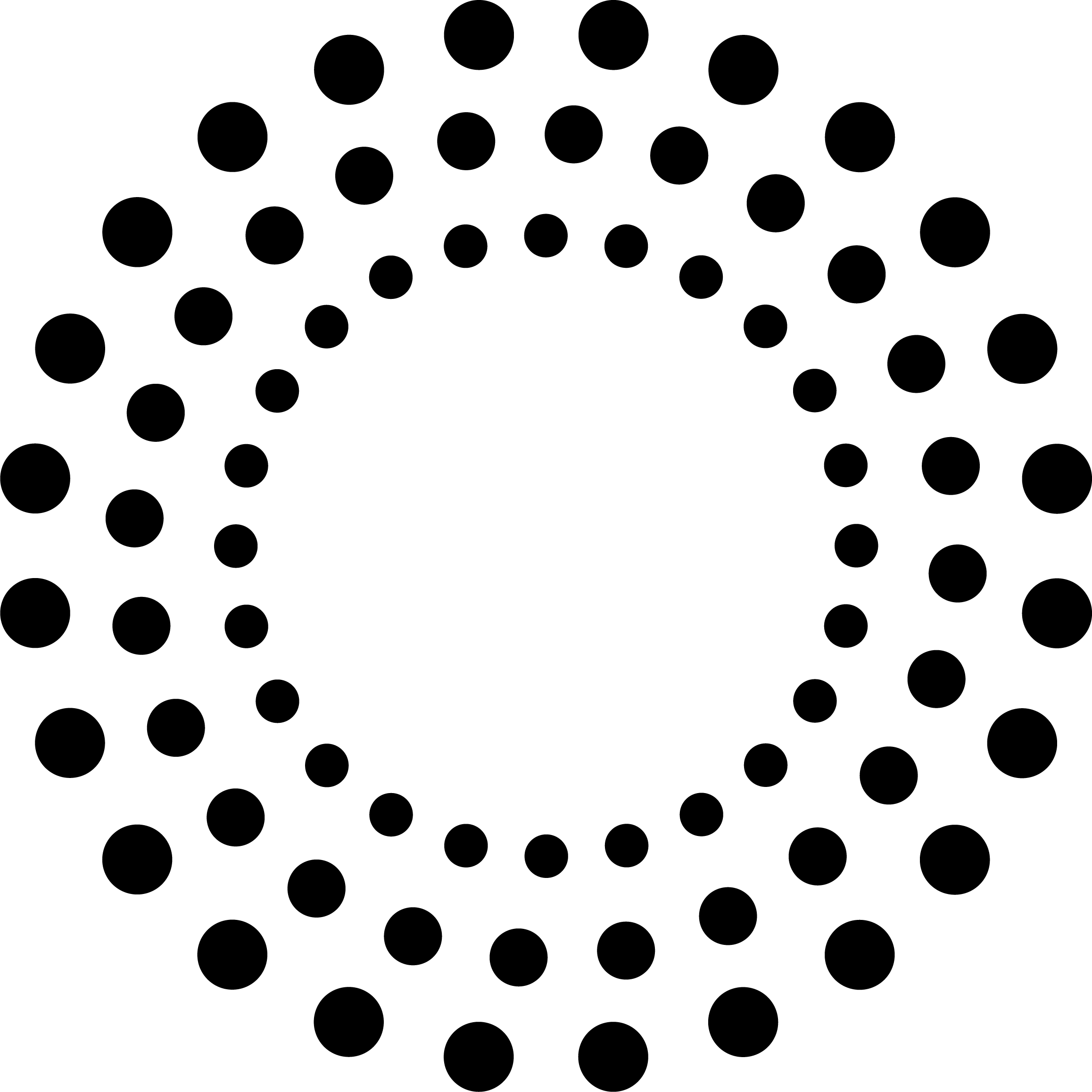

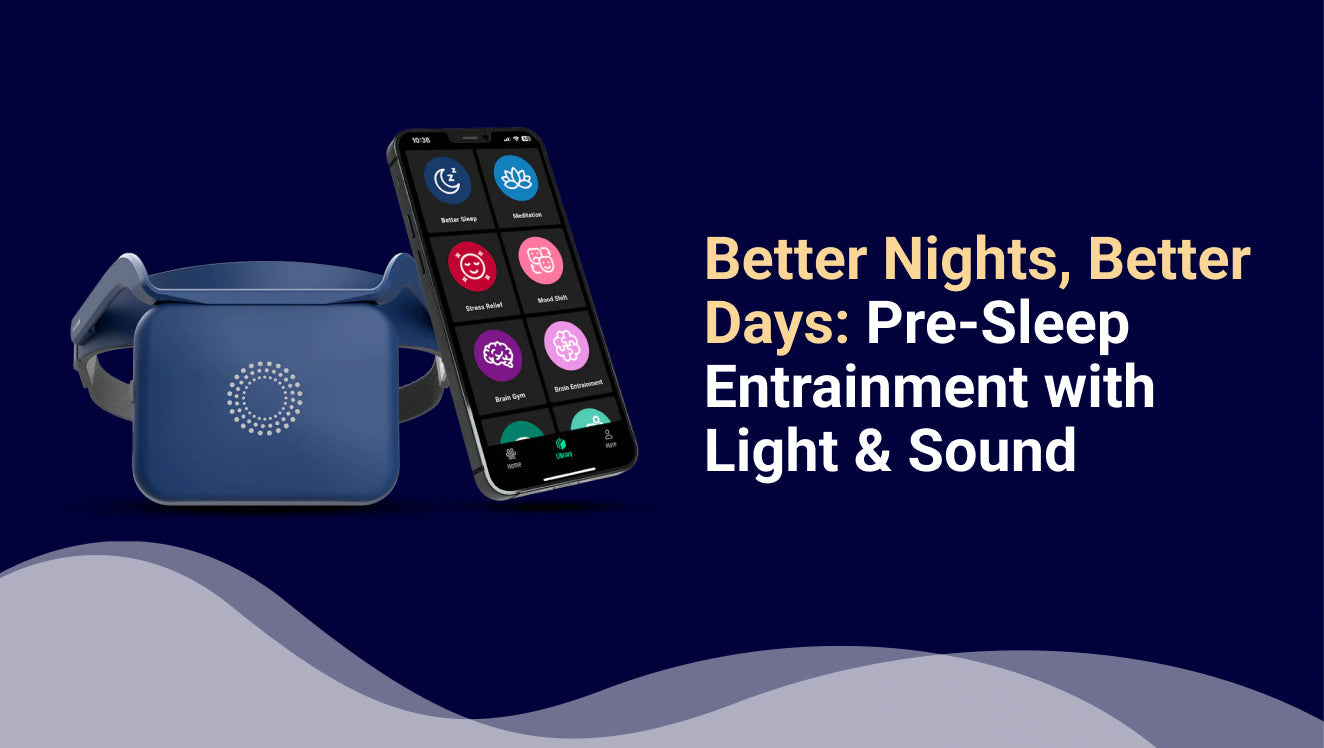

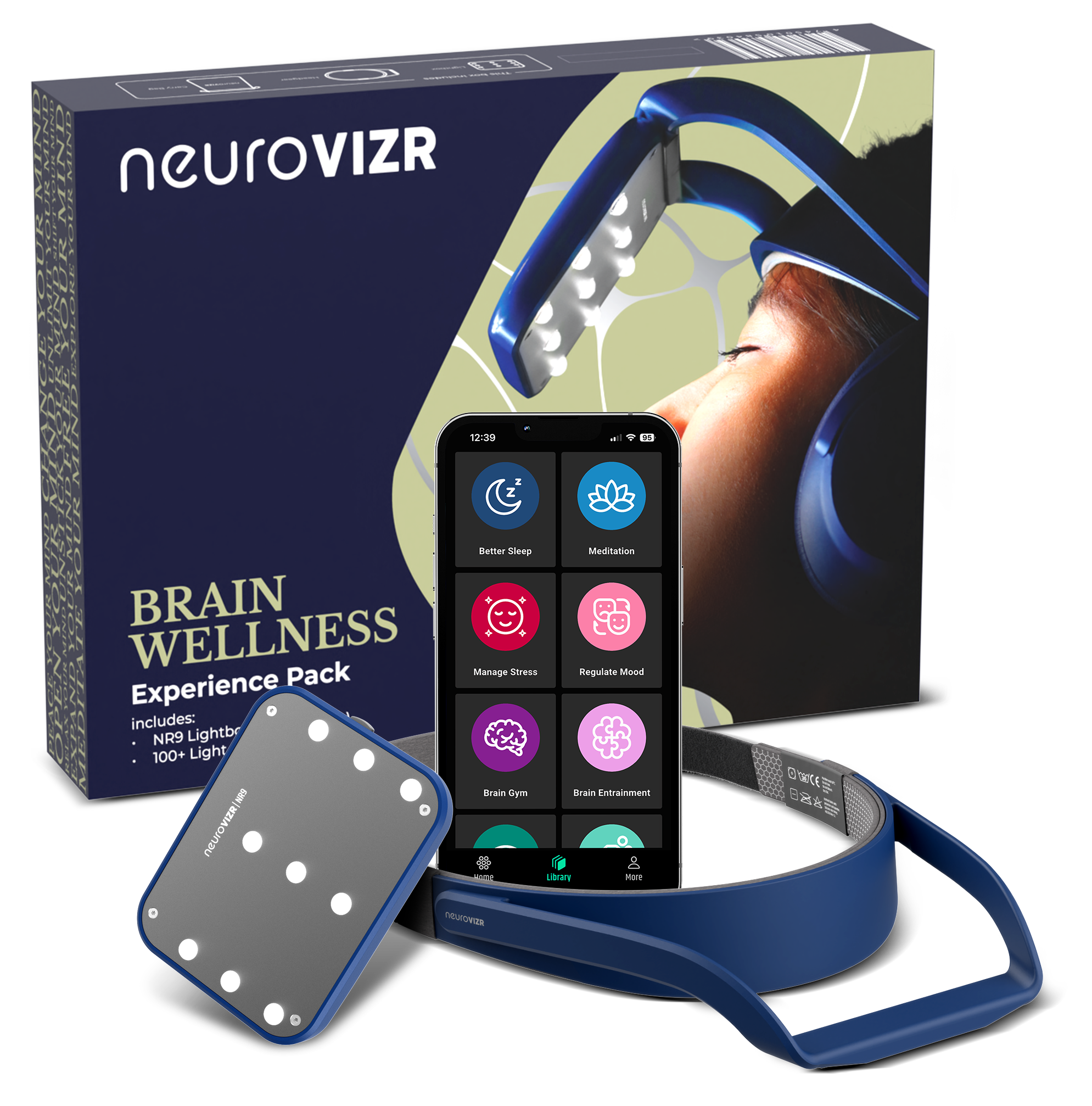

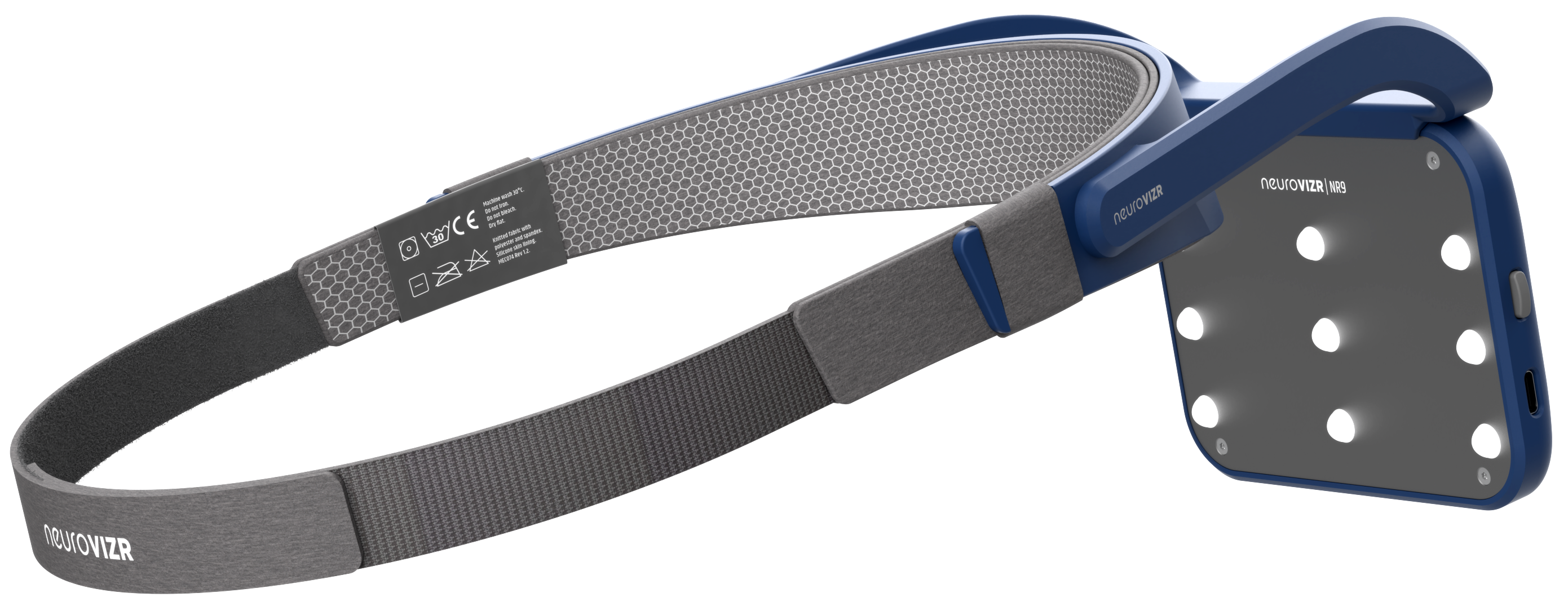
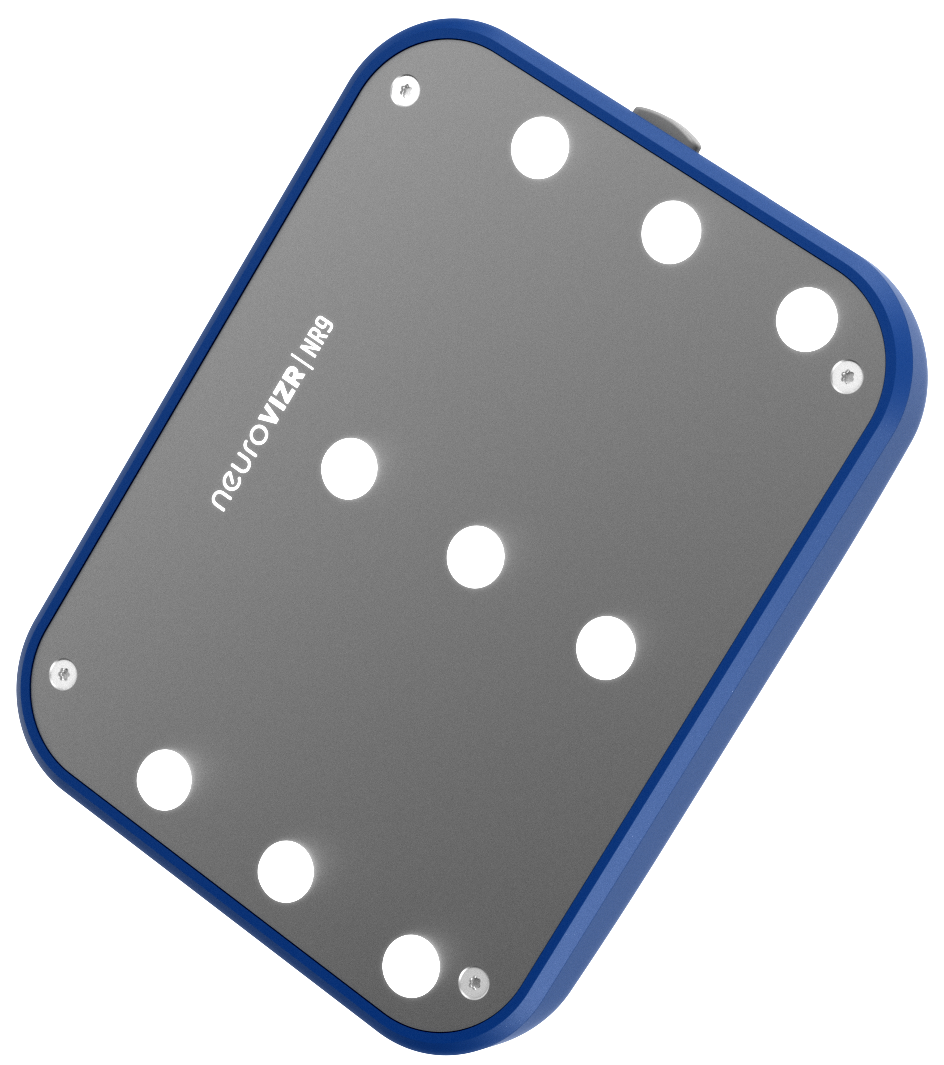
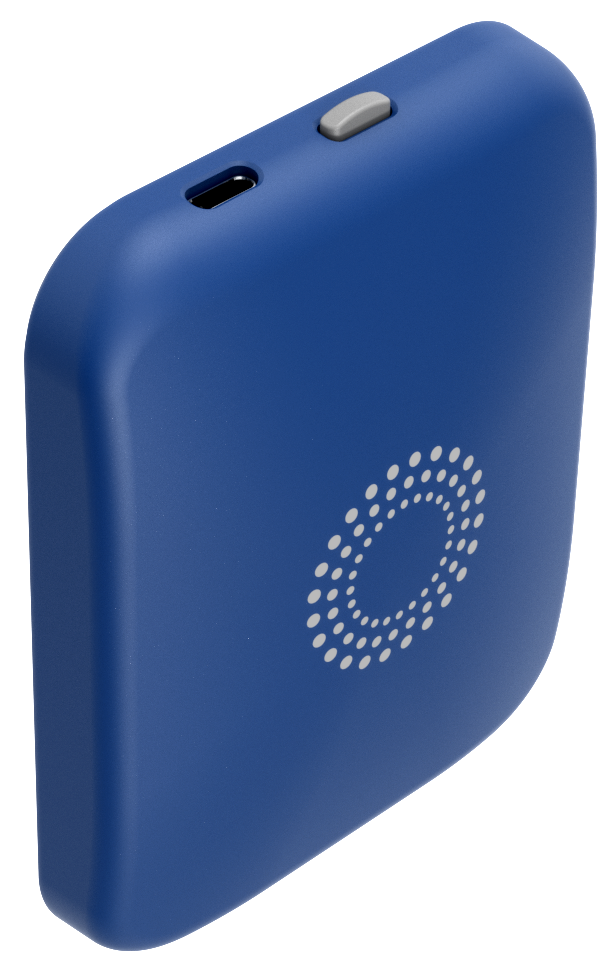
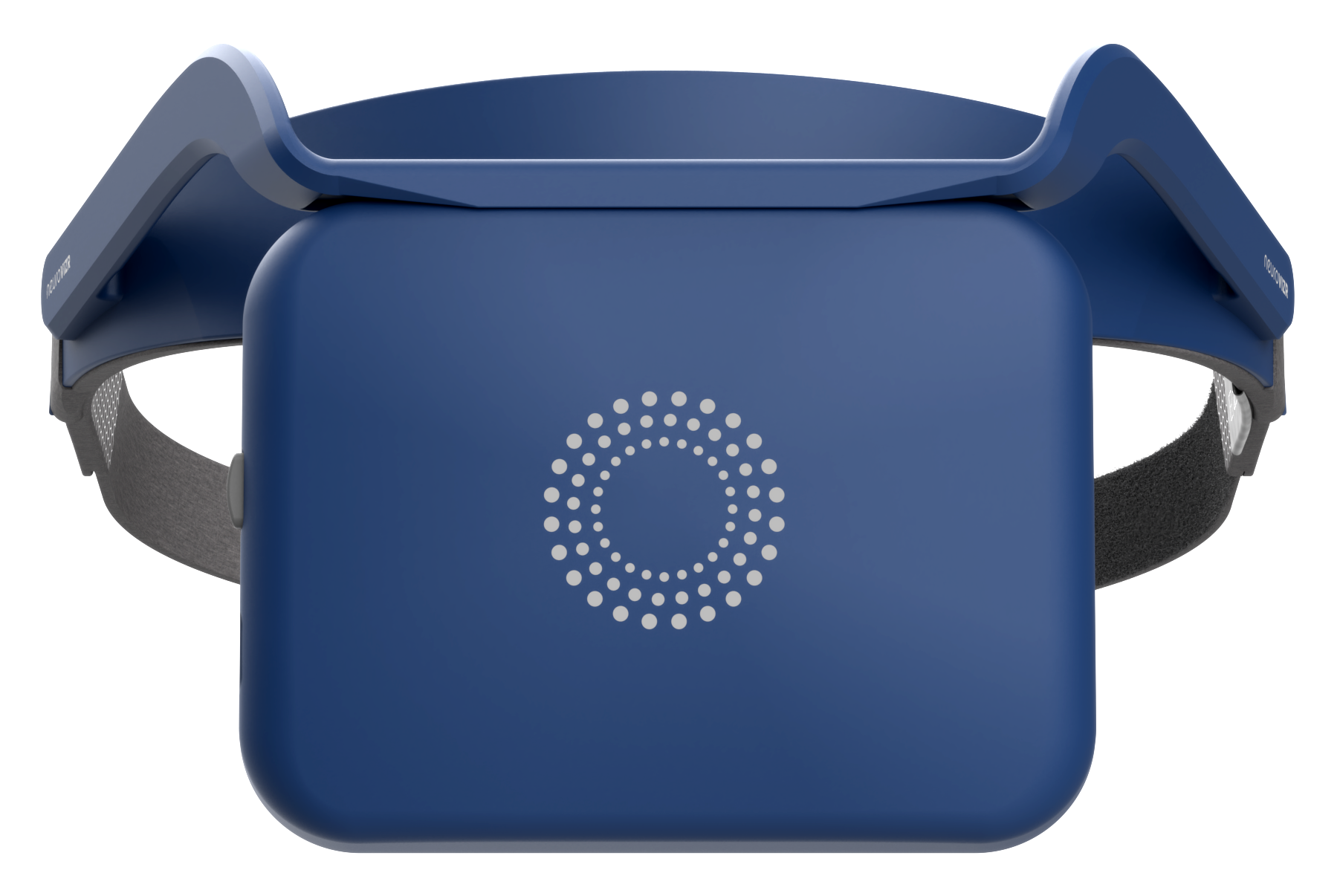
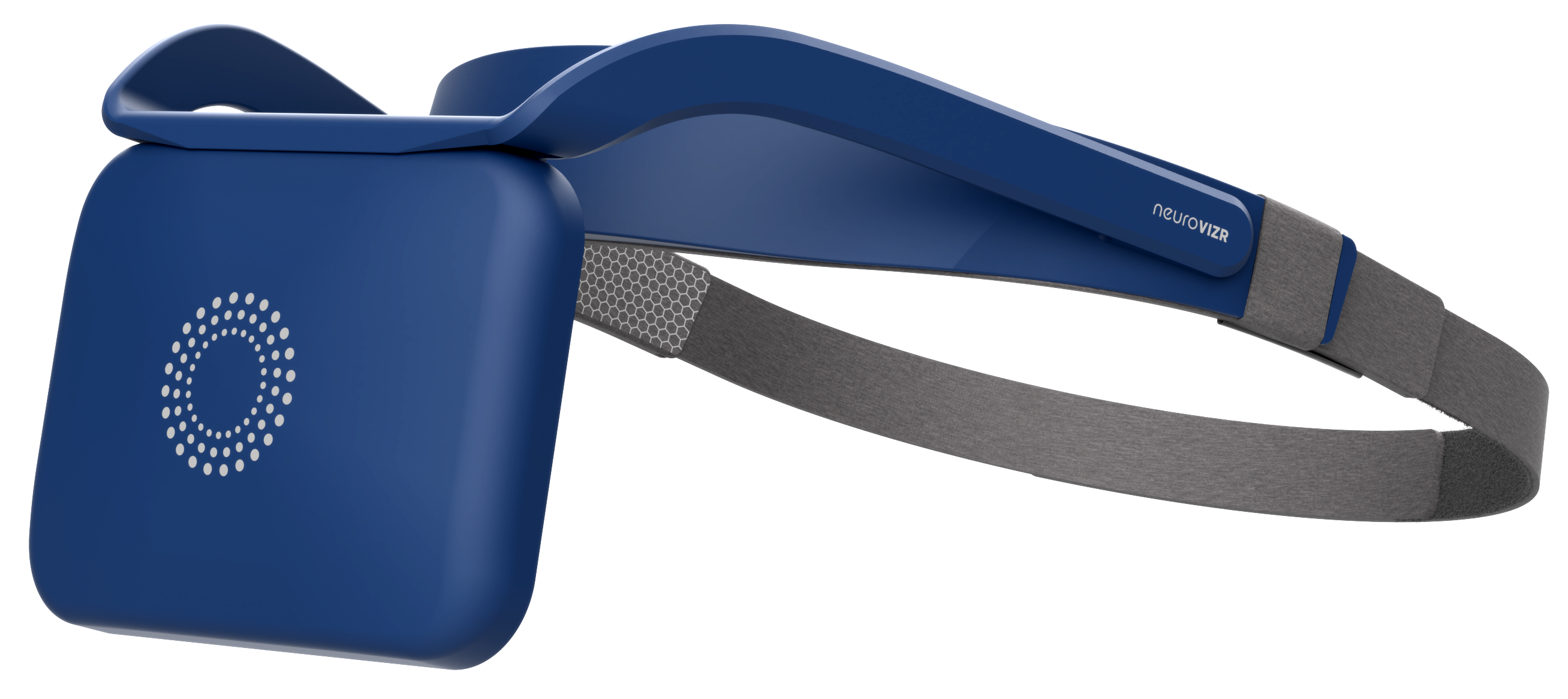
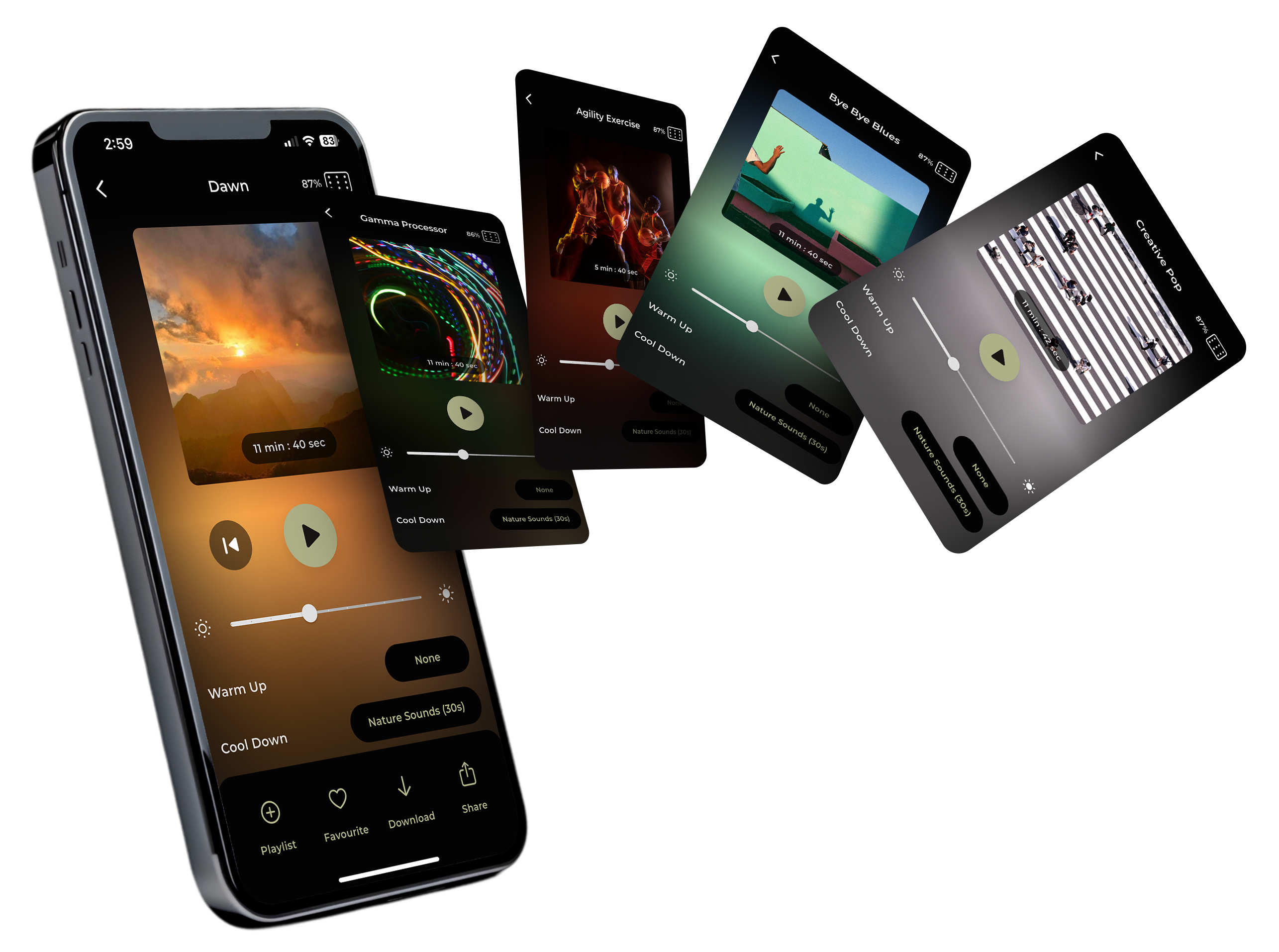
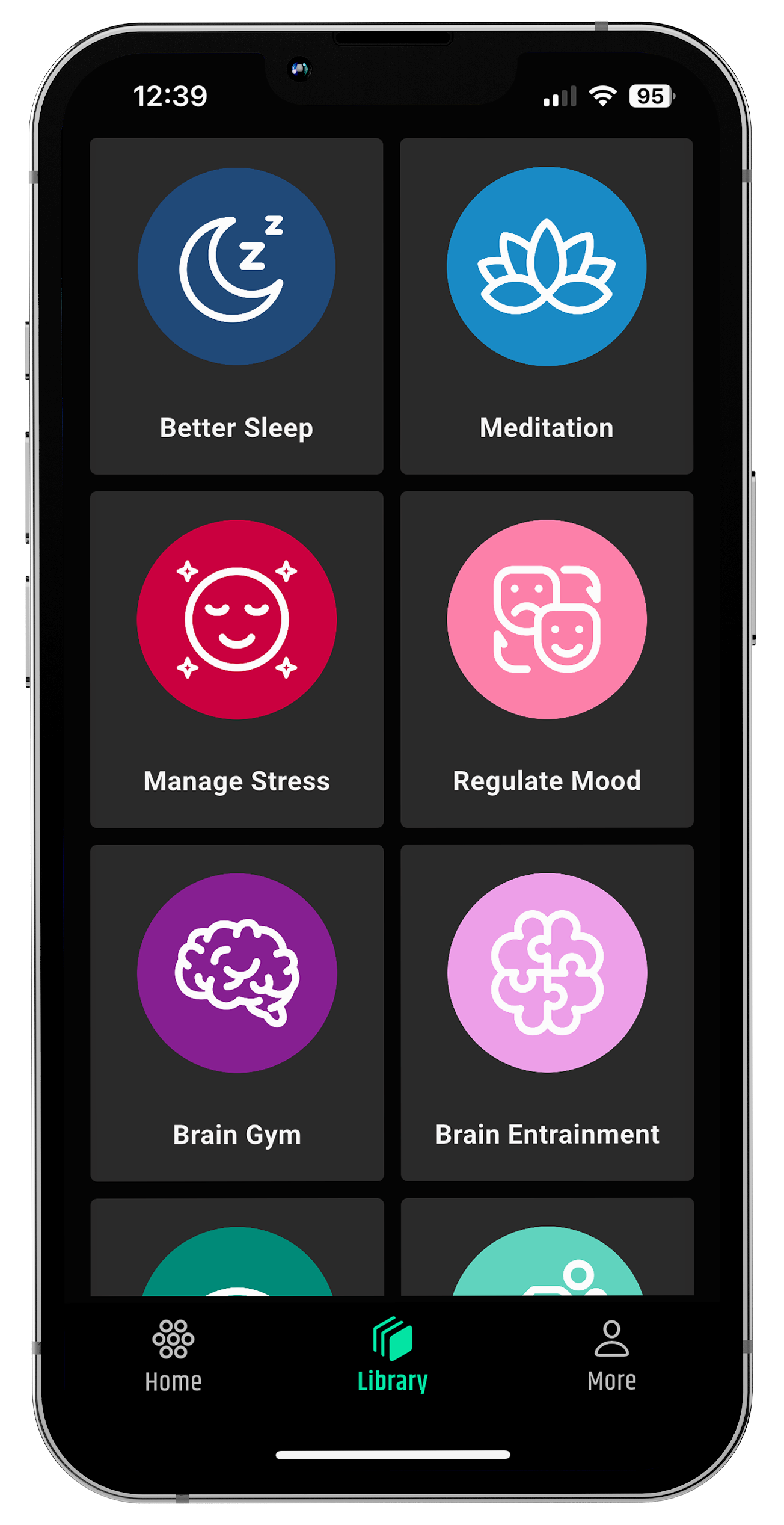

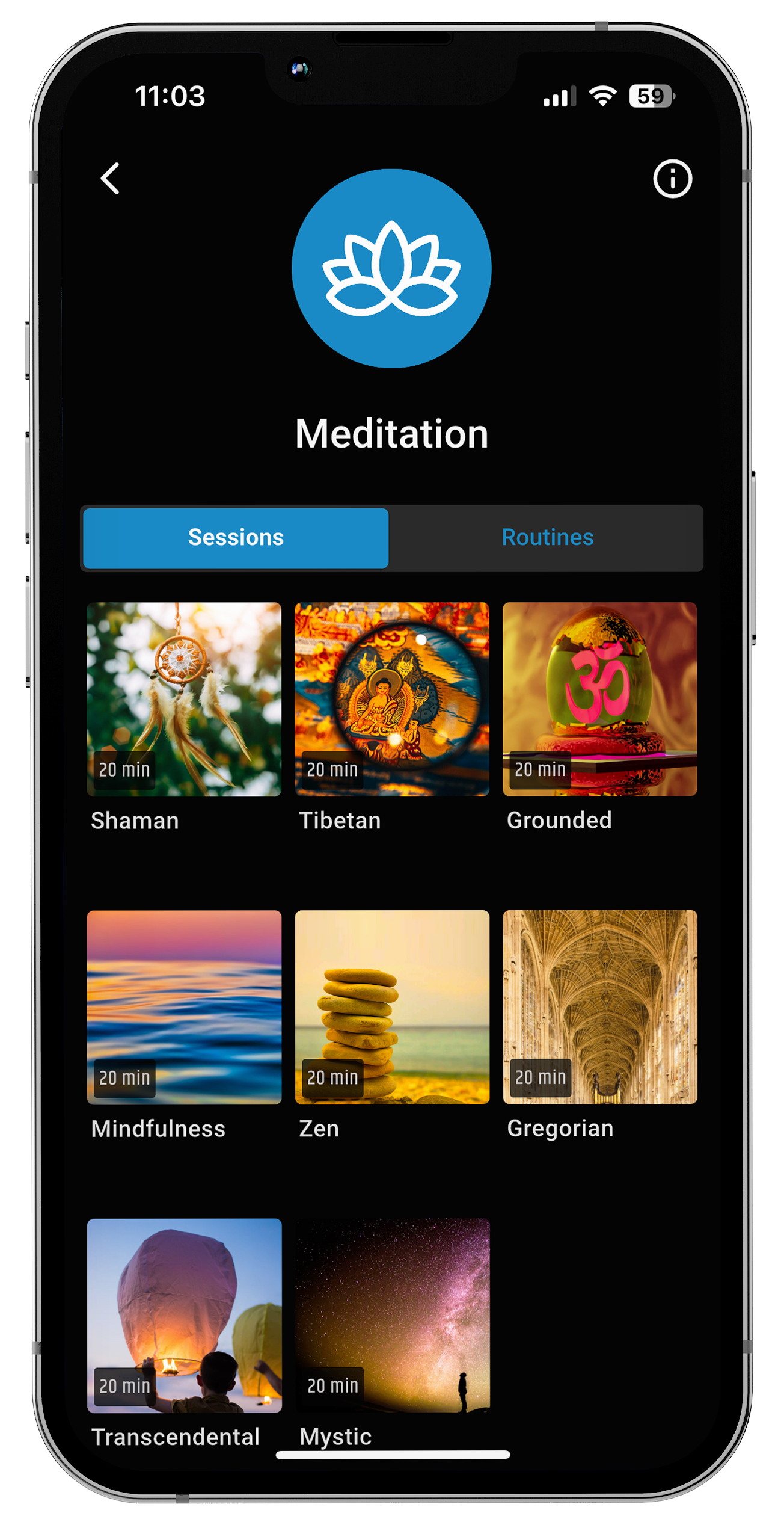
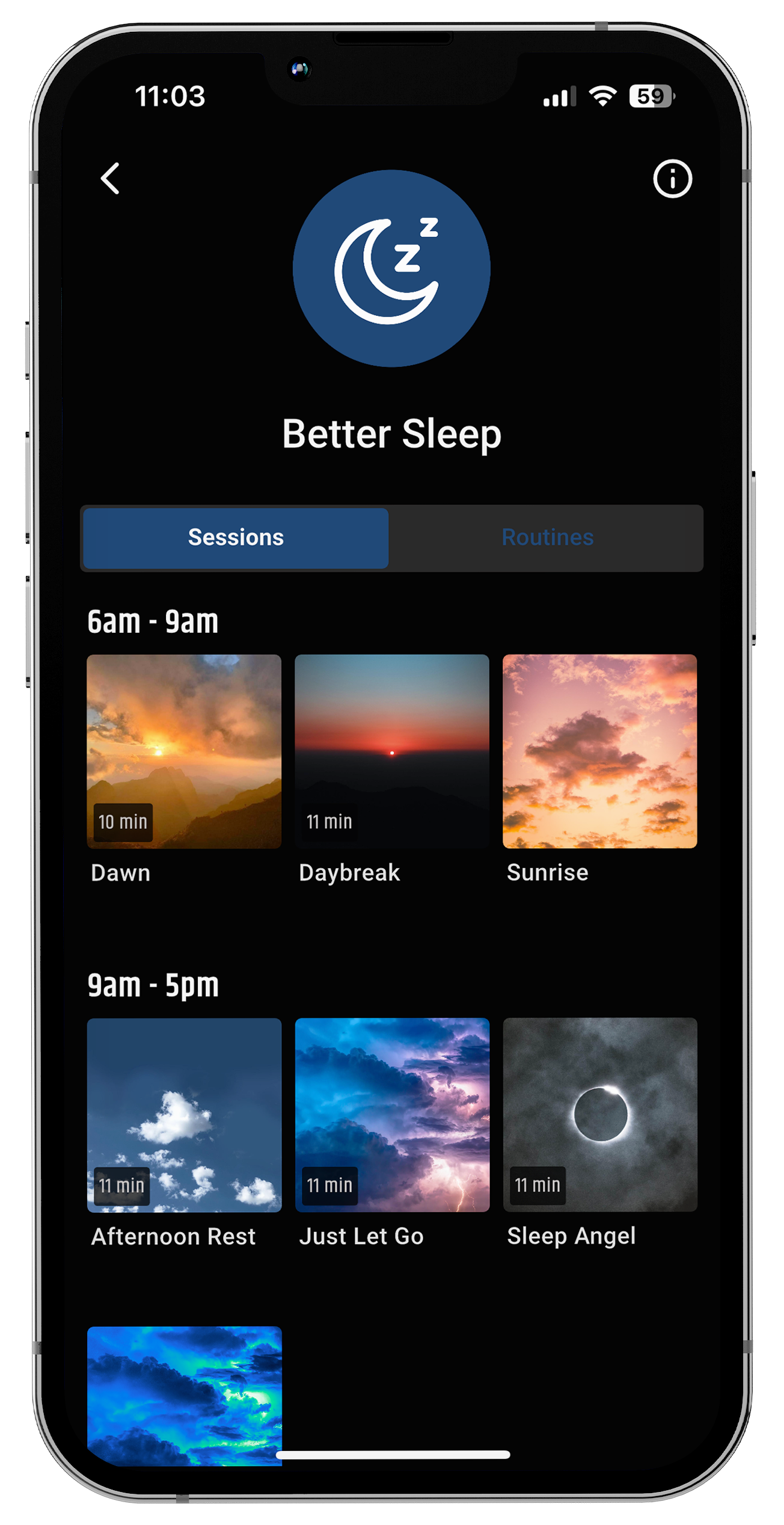

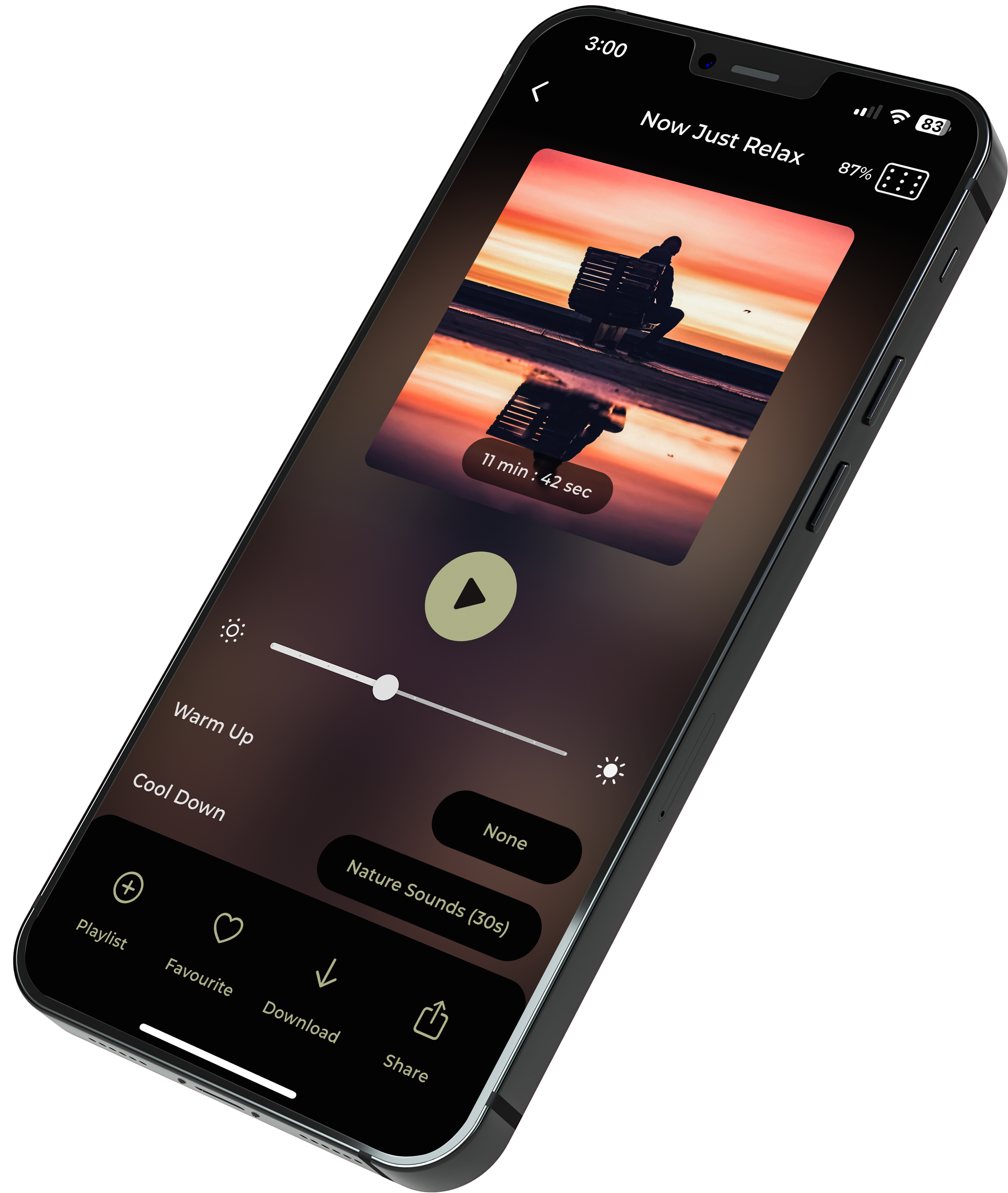


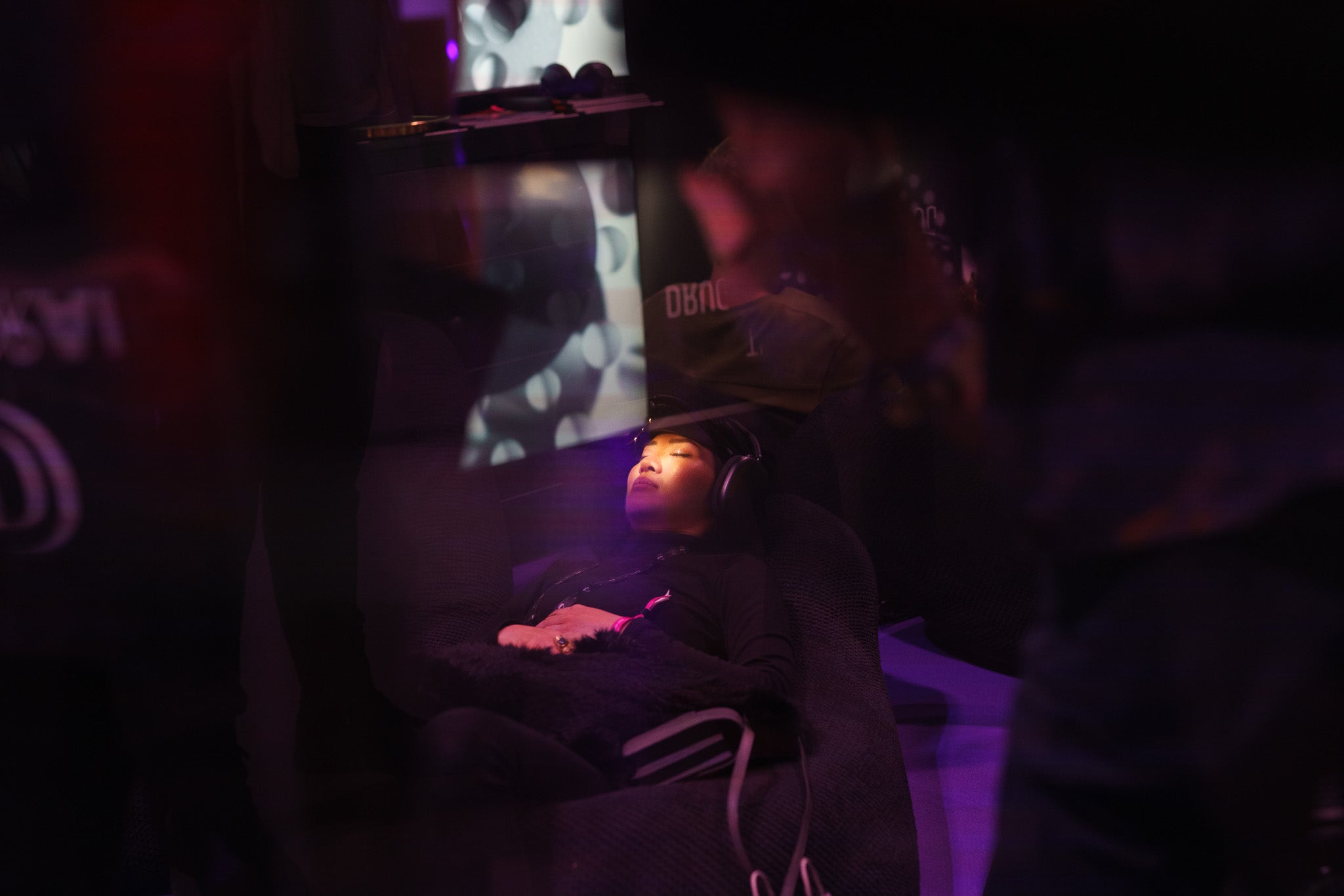

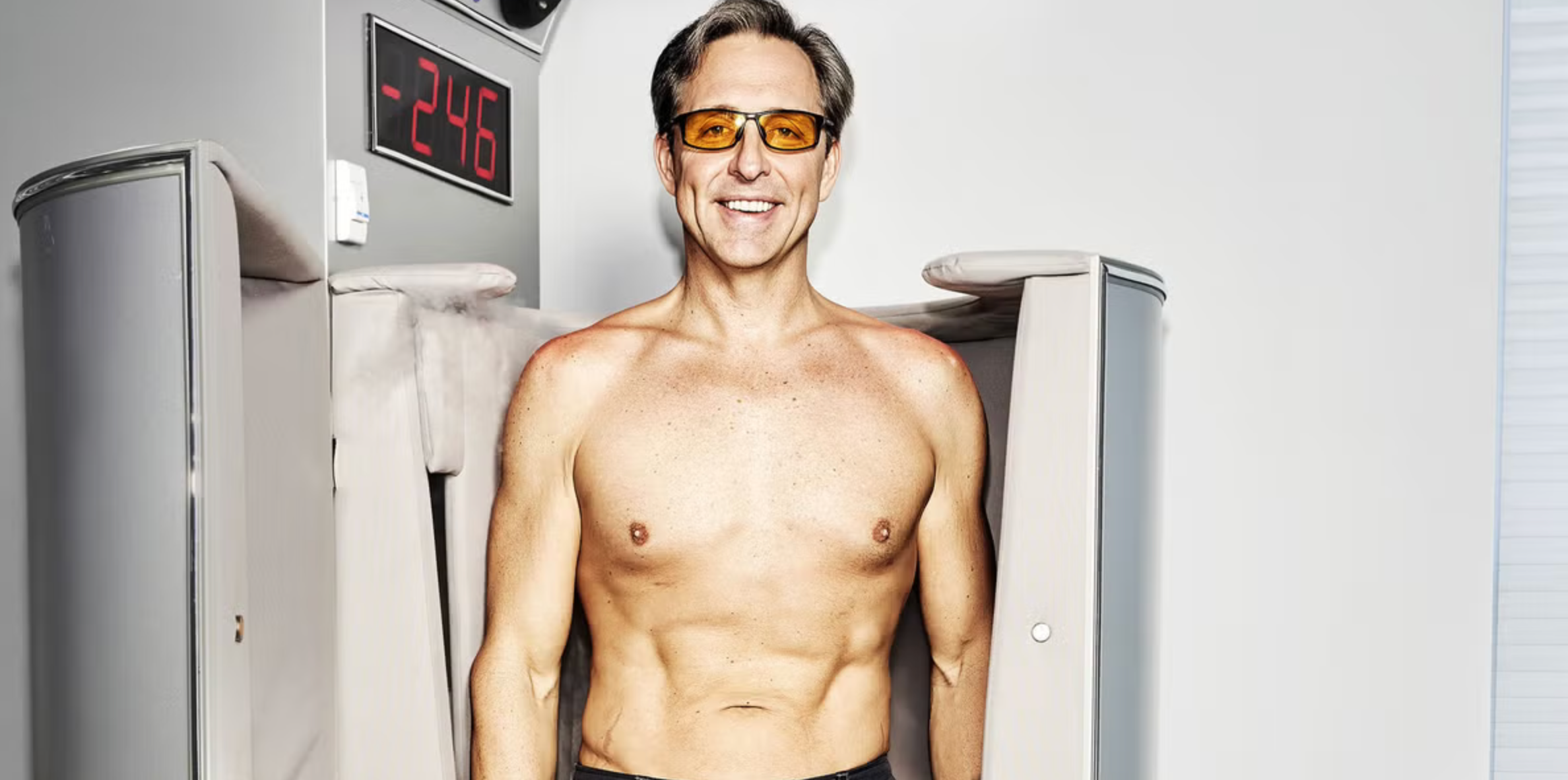

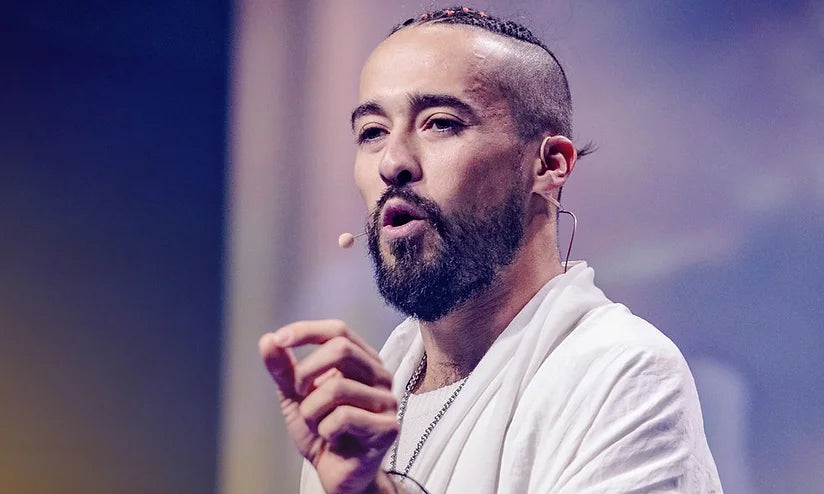
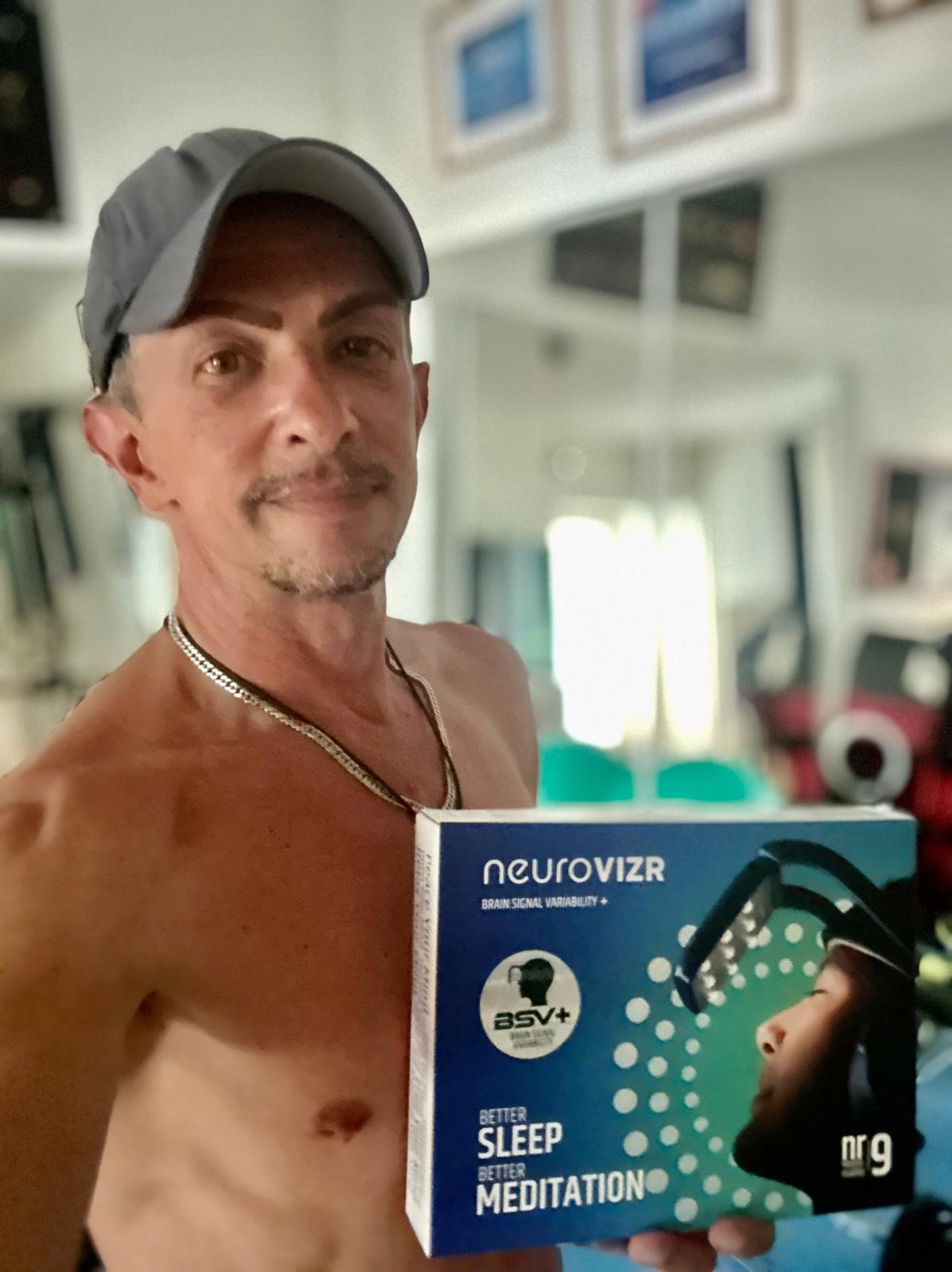
Share:
From “Noise” to Fitness: Why a Resilient Brain Is a Variable Brain
Why Brain Health Should Be the Next Priority for Insurers and Employers